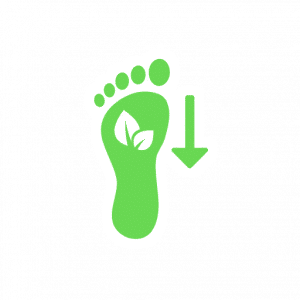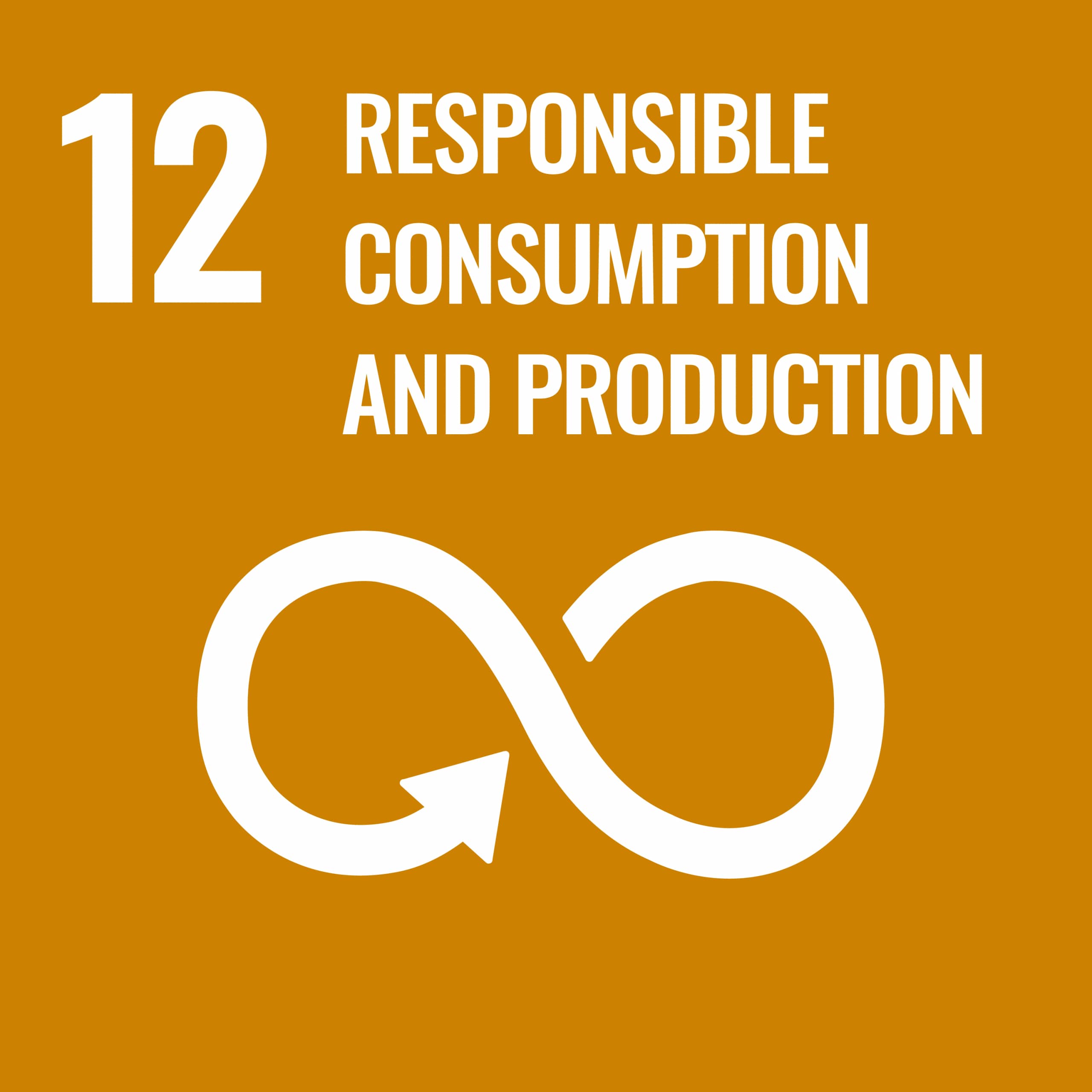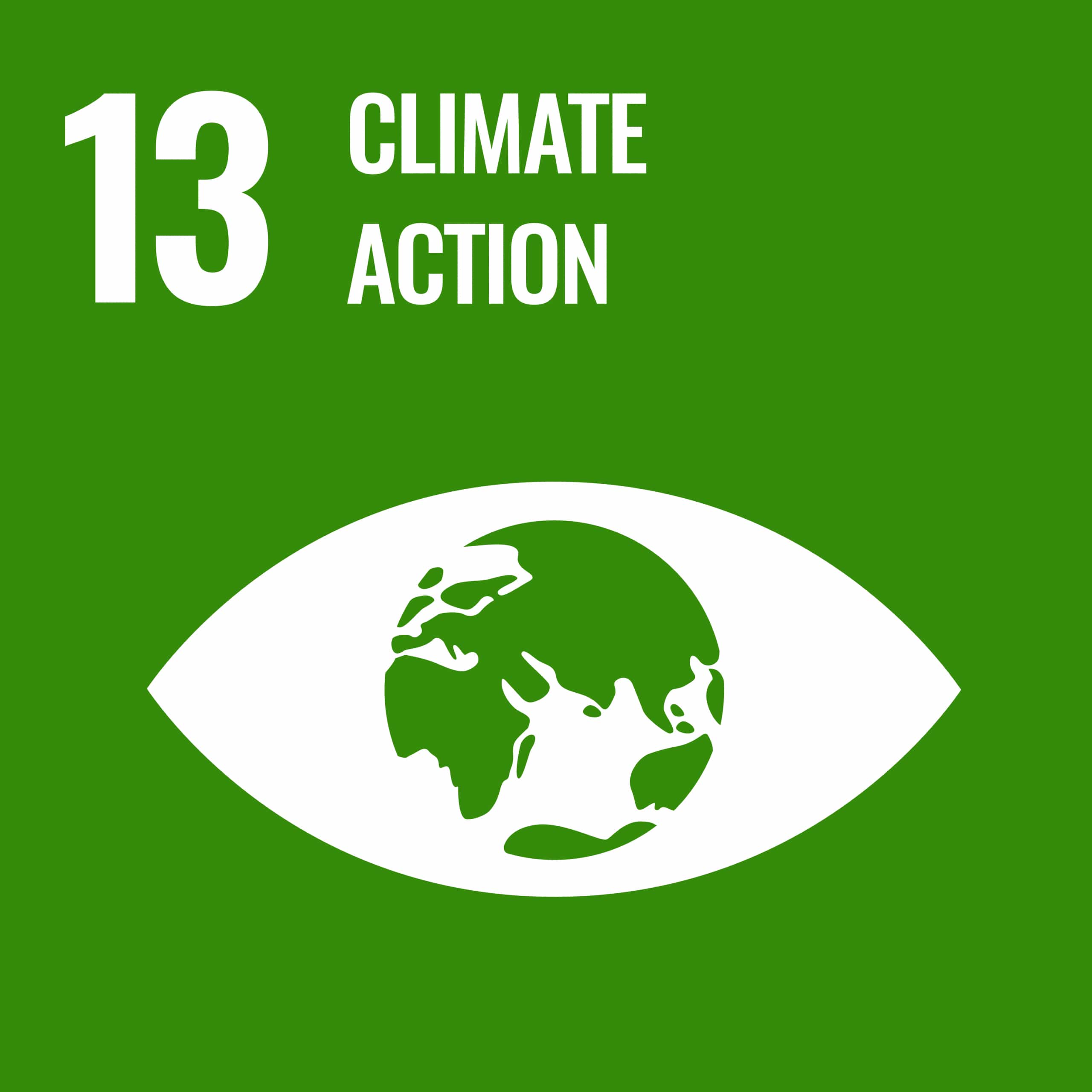To restore a thriving natural ecosystem, urgent action is needed. This is why we are on a transformation journey to be part of the solution.
We work daily to improve our processes in order to:
- Reduce our operational footprint, both in terms of energy consumption and Greenhouse Gases (GHG) emissions
- Reduce the use of raw materials, especially non-renewable resources
- Transition towards circular operational and business models
The achievement of these objectives is supported by our internal topic-specific policies, based on our corporate Safety, Health and Environment (SH&E) policy, and by the guidance provided by international certification schemes.
For instance, on top of adhering to all global and local and environmental legislation, many of our sites are certified ISO 14001 or ISO 50001.


Climate action
We fully support the global commitments of the Paris Agreement, which means we recognize the importance of reducing our energy consumption and GHG emissions, while transitioning to renewable sources of energy. Each plant thoroughly maps its environmental impacts in all areas of business operations and works to identify opportunities for reducing them.
Agfa’s ambition on the reduction of combined scope 1 + 2 GHG absolute emissions is set at 62% by 2030 from a 2006 base year for manufacturing sites in Belgium, strongly supported by a local reinvestment plan in energy production. This has been defined considering the revised EU ‘Fit for 55’ package.
Agfa has also chosen to join the Science-Based Targets initiative (SBTi) and committed to develop near-term science-based emissions reduction targets for the group.
Beyond addressing the emissions that occur directly at our production lines, we strive to reduce our footprint in all areas of our processes. This is why, wherever possible, we started the electrification of our plants’ fleet.
Beyond optimizing our in-house processes, another way to maximize the efficient use of energy is to join forces with others. As an example, ‘Warmte Verzilverd ’ is a project in Flanders with direct citizen participation, aimed at using industrial residual heat to provide homes with heating. The residual heat from our Mortsel site will supply the central heating and sanitary needs of more than 300 households.
Circular economy
Circular economy represents for us one of the greatest challenges and, therefore, one of the greatest opportunities in our sustainable transformation journey.
In our manufacturing sites we use different materials which can be hard to recycle within the existing infrastructure or whose production waste can be difficult to further minimize without a broader change of the business model.
Our efforts to start by designing out waste and pollution, i.e. ensuring efficient use of the primary raw materials used as input in our operations, and keeping products and materials in use, i.e. by maximizing the recycling and reuse of any leakage and/or of any secondary material.
We thoroughly map our waste sources and, if waste generation cannot be prevented, we move on to considering the potential for internal reuse, and then to sell it to third parties. Incineration for energy recovery and then landfilling are considered as last options.
To know more of our overall strategy and performance, read the dedicated chapter in our annual report: here.

